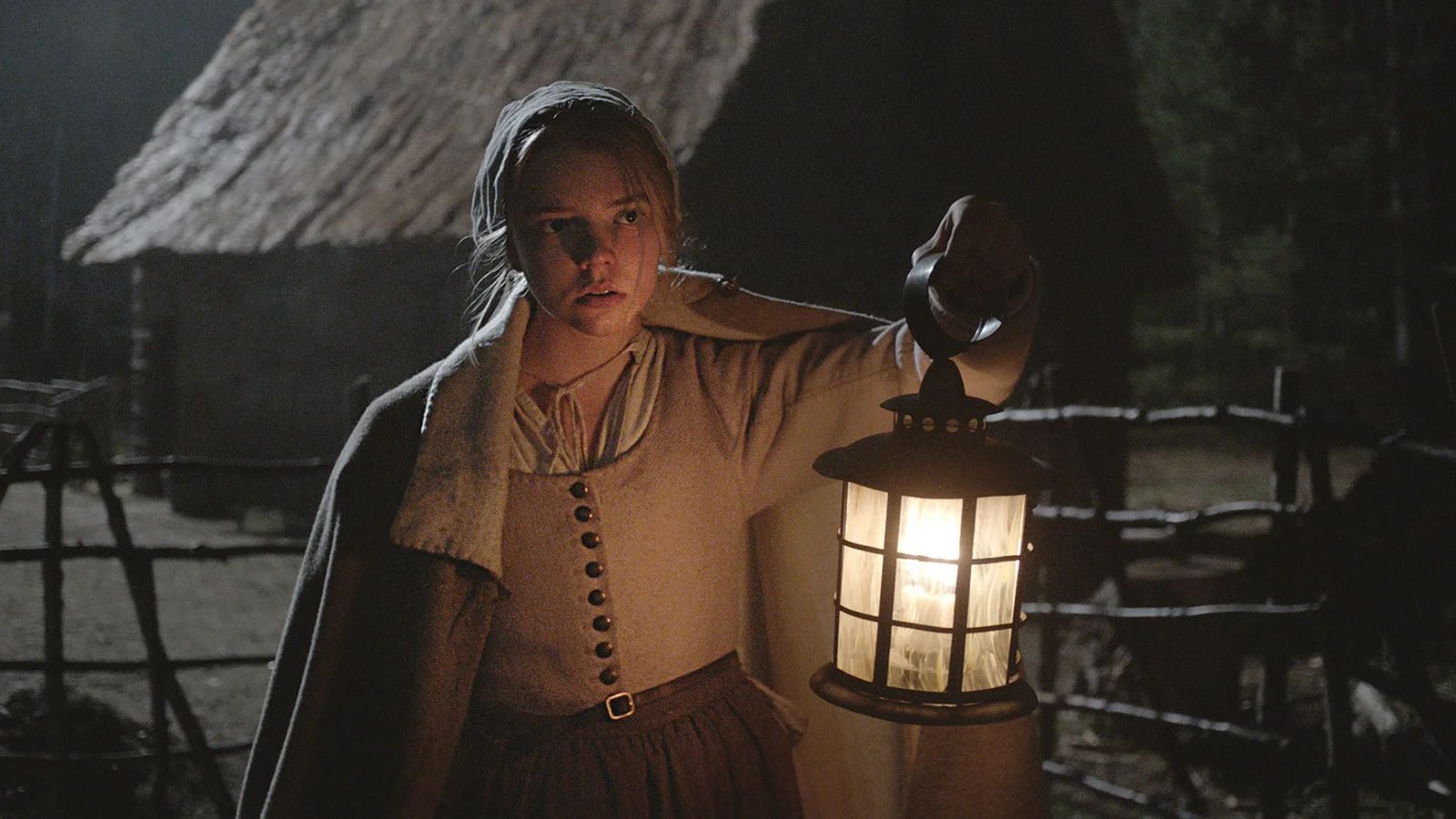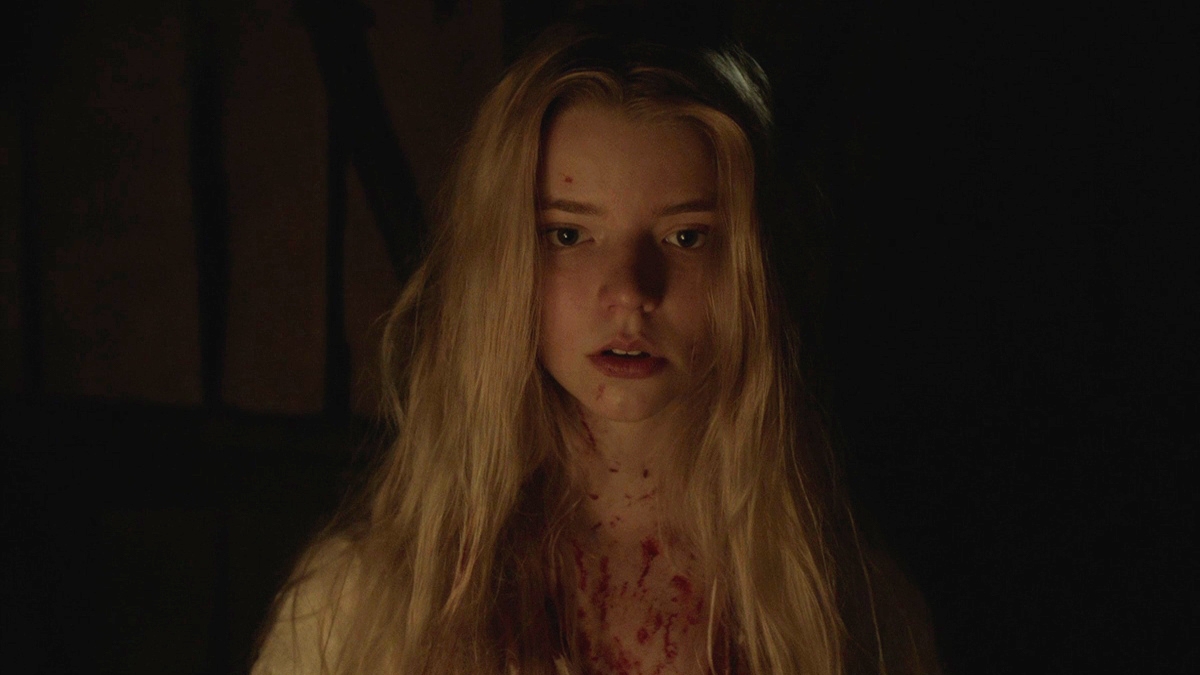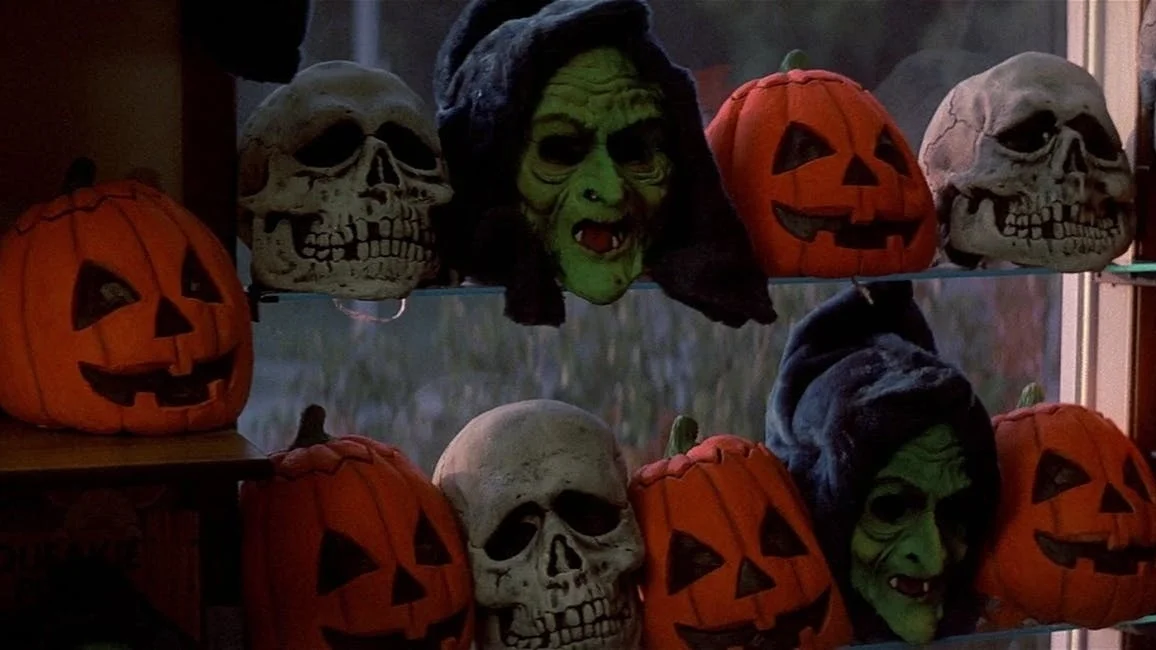A Warning for Those Who Want to Live Deliciously: The Witch
The Witch is quite possibly my favorite horror film of the last decade.
In the film, a family gets evicted from their Puritan settlement in 1600s New England and have to make their own way at the edge of the woods. One day, their infant goes missing, triggering a wave of paranoia that only grows longer the child is gone, eventually tearing the family apart as they become increasingly suspicious of each other as they cling to their convictions. Also, there is a really cool goat who might be the devil hanging around, it’s a fun time.
One of my favorite aspects of The Witch is how deftly and accurately the film invokes the literature of the early modern period. The whole movie plays out like a Jacobean era religious propaganda pamphlet, which the film directly invokes with its stylized, on-screen title, mimicking the typeface of the era, which approximates a “W” with “VV”: The VVitch. The pacing of the film also mirrors these pamphlets, as the third act brutality of the film is something that an entire pamphlet would be devoted to. An actual pamphlet from 1614 describes two servants being tricked by the Devil into murdering their master with a pickaxe, which honestly is not too far off from some of the grotesquery seen in The Witch.
Getting that brutal and almost fear-mongering tone of those pamphlets right is a difficult thing to do, but the film pulls it off in spades. One of the major aspects contributing to that tone is the production design, which stands as a testament to the artistic decisions and skills of everyone involved.. The period accurate set and costume design, in conjunction with the commitment to using only natural light, makes every single frame dripping with dread and echoes the claustrophobic feeling of this house the family are forced to live in. In addition, the commitment to period appropriate dialogue firmly roots everything in the 1630s and the religious fervor inherent of the era. The dialogue also distances the viewer from the film in a way that production design cannot do alone, and so puts the viewer immediately in an uneasy state. The world of The Witch is at once familiar and completely foreign, to both the viewer and the family, now living on the outskirts of a scary forest.
What also works supremely well is the ambiguity of the titular witch. Throughout a lot of the film, the family themselves are unsure if there’s actually a witch living in the wood. This manages to distance the subtext of the film from the anti-Native American perspective of folk tales of the time. A lot of early American texts “other” Native Americans to a significant degree, and The Witch, by virtue of adaptation, does invoke that to a degree towards the end. However, the only times the witches manifest on screen, they are reflections of the vices of the characters encountering them, with the exception of the infant’s fate at the start of the film. This not only reinforces the ambiguity of the existence of witches in the forest for the family and the audience, but also manages to avoid racializing the horrors of the woods. The film opts for a more psychologically and religiously based horror, as the family is being punished for not being a part of the Puritans chosen path for salvation.
The Witch is a pitch perfect horror movie, one that will go down as a classic for years to come. The ending remains extremely contentious, but it fits very well with the tone of the fear-mongering pamphlets the film invokes throughout. What better way than to remind Puritans to maintain their work ethic and piousness than to show them that, should they fail and think themselves better than their pastor, their family will drive each other apart, murder each other, then sacrifice their soul for eternity to “live deliciously” here on Earth. For a modern viewer, The Witch is a tale of the destructive power of religion and the awesomeness of goats. But if this had been written for an audience in the 1630s, the message would have been “say your prayers and stay in line, or else your daughter will kill you and make a pact with goat demons.”
All Hail Black Phillip.












